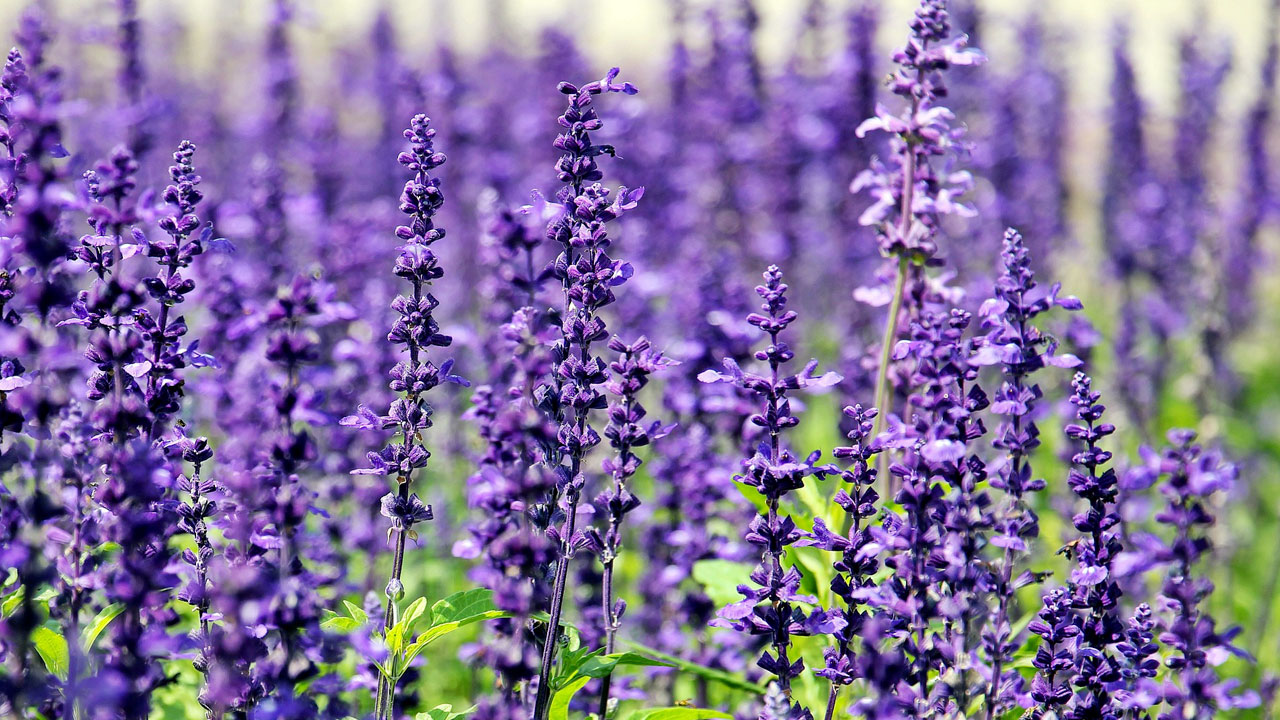Creating a Spring Pollinator Garden
Jan 21st 2016
Pollination is vital to the fertilization, reproduction, and survival of all non-GMO food and flower species. We have talked before in this blog about the plight of the pollinators. Pollination occurs when insects or animals move between flowers of the same species carrying with them the essential powdery pollen granules necessary for fertilization. The result is successful seed and fruit production that will enable your plants to provide tasty, full-bodied fruits and vegetables, year after year.
Exactly who are these pollinators? Birds, bees, bats, butterflies, moths, beetles, ants, and other small insects, as well as some larger animals, are all pollinators and, if they are to do their job, we must pay attention to, protect, and provide habitat so they can survive the dual threats of habitat destruction and poisoning due to chemical misuse. We know this threat is real because bees are our “canaries in the coal mine” and we have seen their colonies decline steeply due to the aforementioned habitat destruction and the use of Neonicotinoids, a class of powerful pesticides currently used on over 140 different crops. These “neonics” are applied to the coating of GMO seeds and, once introduced into the environment, kill indiscriminately by poisoning the plant’s pollen and nectar as well as the surrounding soil and runoff.
The proliferation of GMO seed by one of the largest companies in the world, Monsanto, goes hand in hand with their production of chemicals such as Roundup that kill any weeds, insects, birds, or mammals that might potentially compete with their plant. Commercially, these GMO seeds are marketed as being “Roundup Ready” and the plants grown from them are formulated in their labs to withstand huge repeated doses of this chemical. In the opinion of many, the person who eats these plants is taking a long term risk of health problems. To make matters worse, the GMO seeds sold by Monsanto, either commercially or on retail seed racks, will not produce a plant that is viable for reseeding, meaning you have to purchase new seed from them every year!
Our best bet is to promote pollinators and ensure a future where we can produce our own food, and the best way to do that is to see that bees and other pollinators have the habitat that they need. Your own property is the most obvious place to start. Flowers grown with untreated seed, and organic vegetable starts will provide beauty, good food, and a chance to produce viable seed for next year.
Here are a few favorite plants that will attract beneficial pollinators:
Another way you can help is by adding your voice to an organization like the Pollinator Partnership. Sign up for their Million Pollinator Garden Challenge.
Plant photos courtesy of rareseeds.com and anniesannuals.com
















